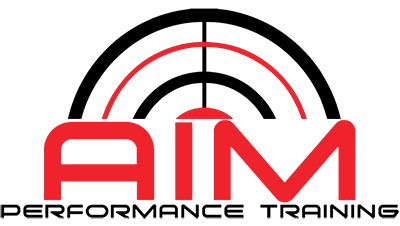Cutting, Bulking and Maintenance: What Does it All Mean?
What is a cutting phase?
According to Healthline, “a cut is a period of eating at a calorie deficit as a means to lose body fat while maintaining as much muscle mass as possible.” This includes eating less and moving more.
During a cutting phase, you’ll want to determine your maintenance calories. Then, regulate how much you need to consume to maintain your current weight.
From there, you will slowly start decreasing your caloric intake each week. You’ll need to decrease caloric consumption by 50-100 calories per week. Avoid decreasing by more than 500 calories below your maintenance. Maintain plenty of protein intake.
As for the timeline, you’ll typically want to be in a cutting phase for 2-4 months and average 1-2 pounds of weight loss each week. Remember, this may vary from person to person.
In addition to diet, the cutting phase can include programming specific cardio workouts, increasing step counts and maintaining resistance training to burn more calories. You may need to experiment with what works best for you in a cutting phase.
Foods to eat during a cutting phase
Lean proteins, limited healthy fats, high fiber carbohydrates, low sugar fruits, non-starchy veggies, leafy greens and plenty of water is where you’ll want to focus your eating habits during a cut.
Pro tip: Focus on your body fat percentage over your scaled weight.
What is a bulking phase?
According to Healthline, “a bulk is a period of eating in a strategic calorie surplus.” You will consume more calories than you burn during a bulk phase. The goal in a bulk is to gain weight, primarily due to increased muscle mass.
When you begin a bulk phase, determine your maintenance calories. Understand how much you need to eat to maintain your current weight. Then, you will slowly start increasing your calories each week. You’ll do so by adding 50-100 calories to your diet per week. The length in which you go into a surplus is based on your specific goals. Consume plenty of protein during a bulk phase.
Typically, you’ll want to bulk for 1-6+ months, dependent upon your goals. You should expect to average 0.25-0.5% weight gain per week. Be aware that this will vary from person to person.
In addition to diet, most trainees pair bulking with high-intensity resistance training. You may need to experiment with a bulking phase to determine what works best for you
Foods to eat during a bulking phase
Lean proteins, healthy fats, high quality carbohydrates, fruits, non-starchy veggies, cruciferous veggies, leafy greens and plenty of water will be your go-to during a bulk.
Pro tip: Focus on your muscle mass over the scaled number.
What is a maintenance phase?
The maintenance phase is when your intake supports your expenditure — or eating a number of calories that assists in maintaining your current weight.
The maintenance phase is considered a “season” in your fitness journey. It is a period of time in which your body can establish an existing state of energy and prime you for the next diet phase. The maintenance phase is essential before dieting.
The number of calories during maintenance are a range, not a set number of calories. This could equal to anywhere from 150-300 calories where your body will maintain its current weight.
Maintenance is a great time to be non-scale focused, pay attention to strength gains, your relationship with food, eating more fruits and veggies, taking extra rest days, perfecting form, taking more walks and increasing steps, etc.
The maintenance phase will allow you to be flexible with your nutrition. Avoid stressing about food during maintenance. Additionally, you’ll be able to restore your metabolic baseline and contribute to your long-term goals.
Depending on goals, the maintenance phases can last between two weeks and several months. You can remain in a maintenance phase for as long as you prefer, especially if you have no specific weight loss or muscle gain goals.
Pro tip: Maintenance phases are a chance to rest, re-motivate and re-prepare for another effective fat loss phase.
